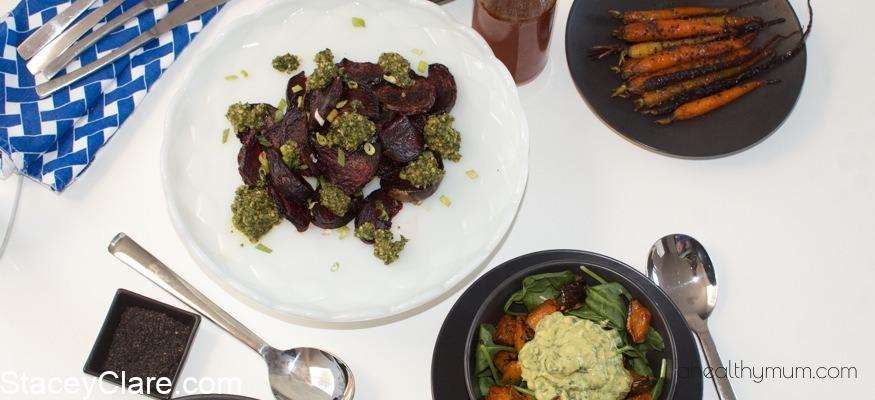
Did you catch the ‘Catalyst' TV show over the last two weeks? It was great. It spoke about the importance of gut health in helping to cure common allergies and supporting a healthy immune system. The outcome… the easiest way to achieve good gut health is through a high-fibre diet.
Now, if you missed the show and are wondering how a high-fibre diet can achieve this, in summary it's to keep our digestive tract healthy so it can fight off allergies and disease. The show spoke about how the digestive tract/gut is where so many diseases start – asthma, eczema, common colds, depression, high cholesterol, amongst many others.
I'm so glad to see mainstream media talking about this in such an easy to understand, accessible manner. I follow a high-fibre diet myself, in fact the whole family does. Truth be told, it wasn't intentional, it naturally happened when we made the decision not to eat processed or packaged foods.
If you'd like to increase the amount of fibre in your diet, here are some easy tips to follow:
1. Have these foods form the majority of your diet:
- Fruits and vegetables – ensuring you eat the skins whenever you can.
- Whole grains – note that white flour and rice aren't whole grains - they're processed to remove the hull and the result is a low-fibre, over-processed grain. Switch to the brown variety or go one step further and look into some ancient grains such as quinoa, millet or steel-cut oats – they are brilliant.
- Eat legumes and beans – slowly introduce these into your diet if you don't regularly eat them, especially in the little ones as their digestive tracts are very sensitive. In fact, many nutritionists recommend introducing them post 12 months. Better still, soak them overnight before cooking them – this greatly helps the digestive process
2. Make sure you are getting the right amount.
The Australian Heart Foundation recommends that daily, adults should eat 25-30g of fibre and children, 18g (with slightly more needed for the boys). To give you a rough idea of how to achieve this, here is a guide for how much fibre is found in some common ingredients:
- 1 medium avocado – 10g
- 1 medium sweet potato – 5g
- 1 cup spinach – 8g
- 1 cup kidney beans – 12g
- 1 piece brown bread – 2g
3. Try some interesting high-fibre recipes. Here are some suggestions:
- Brown rice sushi with vegetables – This is a brilliant example of a high-fibre, quick-to-make meal the whole family will enjoy. It uses brown rice instead of the white refined variety, it uses avocado instead of sugar to bind the rice and the filling is made of vegetables that have all their skins intact. Perfect. Recipe is here.
- Pumpkin soup – The base of this meal is a fibre-rich vegetable that has it's skin intact. It also uses high-fibre seeds to flavour it, rather than a processed sweetener. Recipe is here.
- Chocolate cookies – Chickpeas are the secret here – they are hugely high in fibre and create a smooth, buttery taste. Recipe is here.
Tell me friends, what tricks do you use to ensure you and your family get enough fibre every day?
P.S If you'd like some more ideas on how to boost your immune system, take a read of this post. Click here.

Leave a Reply